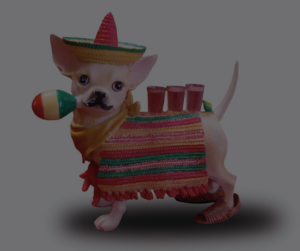
June 5, 2013 – Born José Doroteo Arango Arámbula (5 June 1878 – 20 July 1923) – better known by his pseudonym Francisco Villa or his nickname Pancho Villa – was one of the most prominent Mexican Revolutionary generals and together with Benito Juarez and Emiliano Zapata – is probably the best known personality from Mexico’s history. As commander of the División del Norte (Division of the North), he was the veritable caudillo of the Northern Mexican state of Chihuahua which, given its size, mineral wealth, and proximity to the United States of America, gave him great popularity. Villa was also provisional Governor of the Mexican state of Chihuahua in 1913 and 1914. Although he was prevented from being accepted into the “panteón” of national heroes until some 20 years after his death, today his memory is honoured by Mexicans, Americans and many people around the world. In addition, numerous streets and neighbourhoods in Mexico are named in his honour.

Pancho Villa’s notoriety as a bandit and his prowess at escaping capture caught the attention of those planning the Mexican revolution. These men understood that Villa’s skills could be used as a guerrilla fighter during the revolution. President Porfirio Diaz, who ruled the country for 35 years (1876-1911), had created many problems for the majority of working people and those living in poverty. Francisco Madero promised a change for those Mexican citizens and Pancho Villa joined Madero’s cause and agreed to be a leader in the revolutionary army. From October 1910 to May 1911, Pancho Villa was a very effective revolutionary leader. However, in May 1911, Villa resigned from command because of political differences he had with another commander, Pascual Orozco.
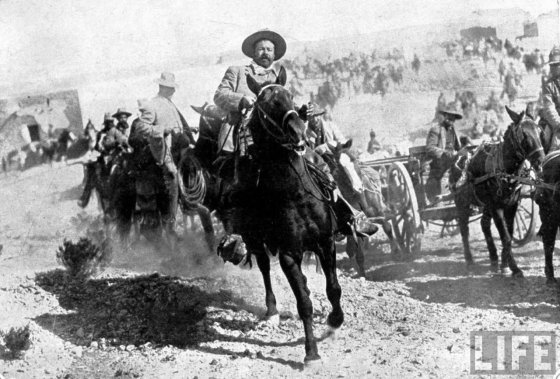
Although Villa tried to settle down to a quiet life, political unrest continued in Mexico even with Francisco Madero at the helm. Orozco, angered by being left out of what he considered his rightful place in the new government, challenged Madero by starting a new rebellion in the spring of 1912. Villa gathered troops and agreed to work with General Victoriano Huerta, handpicked by Madero, to oppose Orozco and put down the rebellion. In June 1912, Huerta betrayed Villa, accusing him of stealing a horse and ordered him to be executed. A reprieve from Madero came for Villa at the very last minute but Villa was still sent to prison. Villa remained in prison from June 1912 to December 27, 1912, when he escaped.
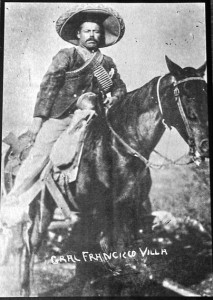
By the time Villa escaped from prison, Huerta had switched from a Madero supporter to a Madero adversary. On February 22, 1913, Huerta had Madero murdered and claimed the presidency for himself. Villa then allied himself with Venustiano Carranza to fight against Huerta. Pancho Villa was extremely successful, winning battle after battle during the next several years. Since Pancho Villa conquered Chihuahua and other northern areas, he spent much of his time reallocating land and stabilizing the economy. In the summer of 1914, Villa and Carranza split and subsequently became enemies. For the next several years, Mexico continued to be embroiled in a civil war between the factions of Pancho Villa and Venustiano Carranza.
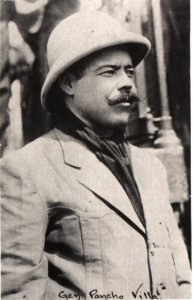
A pivotal moment in the Mexican revolution came when the United States took sides in the battle and supported Carranza. In turn on March 9, 1916, Villa attacked the town of Columbus, New Mexico, the first attack on American soil since the British (soon to become Canadians) in 1812. The U.S. sent several thousand soldiers across the border to hunt for Pancho Villa including a young George Patton. Though they spent over a year searching, they never caught him. On May 20, 1920, Carranza was assassinated and Adolfo De la Huerta became the interim president of Mexico. De la Huerta wanted peace in Mexico so negotiated with Villa for his retirement. Part of the peace agreement was that Villa would receive a hacienda in Chihuahua.
Pancho Villa was without doubt the most controversial leader that the Mexican Revolution ever produced. A man of many contradictions, a womanizer and a teatotaller, capable of great humanity and extreme cruelty; for Pancho Villa there was only black or white in life and little room for grey.
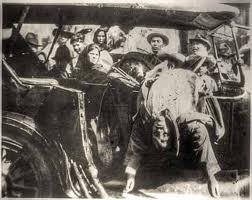
Although Villa retired from revolutionary life in 1920 this was short lived as was assassinated while driving in his car on July 20, 1923. Many believe on orders of the then President Álvaro Obregón Salido and Plutarco Elais Calles, Minister of the Interior and eventual successor to Obregón. Many believe the United States of America were complicit in the assassination of Villa as at 45 years old many saw him as a future President of Mexico.
Interesting enough for many years successive Mexican administrations attempted to convert Villa into a nonperson or label him as a bandit, however they did not succeed. Indeed Pancho Villa remains one of the most popular and best known leader of the Mexican Revolution!
Feliz Cumpleaños “Pancho Villa”

